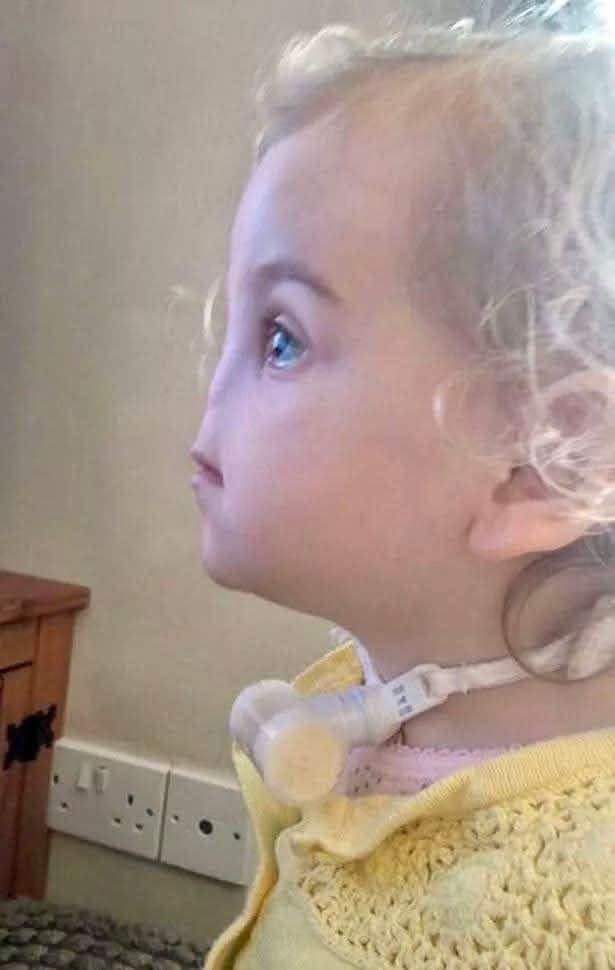Natural Pest Control: Eliminate Bed Bugs And Household Pests With Diatomaceous Earth & Cloves
Bed bug infestations and household pests can be frustrating, but natural pest control methods are gaining attention as safe, eco-friendly alternatives to conventional insecticides. Among the most discussed solutions are diatomaceous earth (DE) and cloves, both known for their potential pest-repellent properties.
This guide explores the evidence-based uses of these natural substances, how to apply them properly, and what precautions to take. While these remedies may support pest management, they are not substitutes for professional pest control in severe infestations.
What Is Diatomaceous Earth?
Diatomaceous earth is a naturally occurring soft sedimentary rock that crumbles into a fine white or off-white powder. It is composed of fossilized diatoms, a type of algae with silica-based cell walls.
When used in pest control, food-grade diatomaceous earth can be a helpful tool. The powder works by physically damaging the exoskeleton of insects such as bed bugs, ants, and fleas. According to the National Pesticide Information Center (NPIC), DE causes insects to dehydrate and die, making it a mechanical insecticide rather than a chemical one.
How to Use Diatomaceous Earth for Bed Bugs
1. Preparation
Before applying DE, thoroughly clean the affected areas:
Vacuum mattresses, bed frames, baseboards, and upholstered furniture.
Empty and dispose of the vacuum contents in a sealed bag outside the home.
2. Apply DE Safely
Using a dust applicator or glove, lightly sprinkle a thin layer of food-grade DE into cracks, crevices, and around bed legs.
Target areas where bed bugs may hide: mattress seams, behind headboards, along baseboards, and under furniture.
Avoid using excessive amounts, as thick layers can be less effective and messy.
3. Let It Sit
Allow DE to remain undisturbed for 5–7 days.
Keep pets and children away from treated areas until cleaning.
4. Clean Up and Reapply
Vacuum the DE and any dead insects.
Reapply every 7–10 days if bed bug activity continues.
 Breaking News
Breaking News



